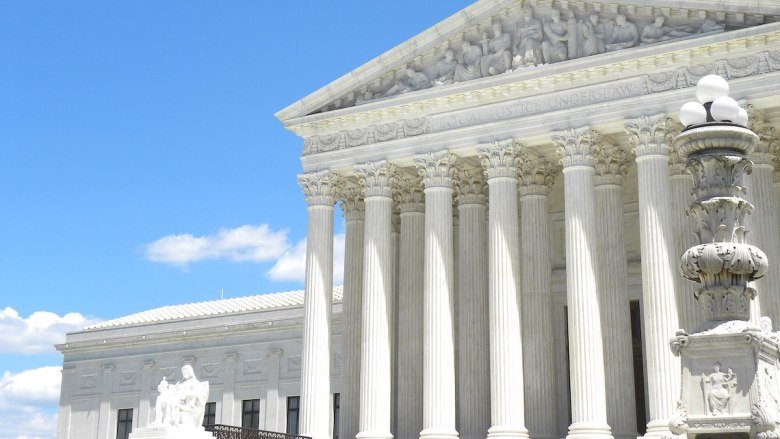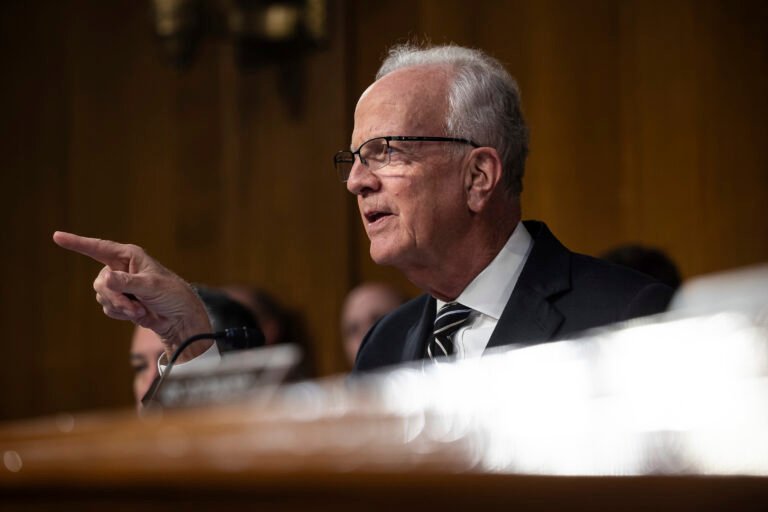

Research & Developments is a blog for brief updates that provide context for the flurry of news regarding law and policy changes that impact science and scientists today.
The Trump administration can act on its planned restructuring of the federal government, the United States Supreme Court announced in an 8 July decision.
In the decision, the court stayed an order prohibiting the Trump administration from proceeding with mass layoffs of federal workers including scientists at agencies like NOAA and the EPA. The decision, while temporary, means the administration is free to continue with reductions in force (RIFs) and restructuring efforts at federal agencies.
The decision is the latest action in the case of Trump v. American Federation of Government Employees. In the case, a coalition of plaintiffs including labor unions, municipal and regional governments, nonprofits and other organizations assert that President Trump’s February executive order directing federal agencies to carry out large-scale reductions in force is illegal in that it “goes far beyond the authority of the President to direct, and that such a massive reorganization of federal agencies must be planned in accordance with law and approved by Congress.” AGU is a co-plaintiff in the case.
“That temporary, practical, harm-reducing preservation of the status quo was no match for this Court’s demonstrated enthusiasm for greenlighting this President’s legally dubious actions in an emergency posture.”
In an emergency ruling in May, a federal judge in California ordered a two-week pause on federal layoffs and program closures. The Trump administration appealed the decision, but it was upheld on 30 May by the Ninth Circuit U.S. Court of Appeals. The Trump administration then filed an emergency application with the Supreme Court.
With the 8 July ruling, the Court is allowing the administration to move forward with its restructuring plans outlined in the February executive order. In the unsigned decision, the Court did not express an opinion on the legality of the RIFs, but reasoned that the Trump administration “is likely to succeed” in its argument that the executive order is lawful.
In a lone dissent, Justice Ketanji Brown Jackson argued that any attempt by a president to reorganize the federal government requires authorization from Congress, which President Trump did not obtain.
Referring to the pause established in May, Jackson wrote: “That temporary, practical, harm-reducing preservation of the status quo was no match for this Court’s demonstrated enthusiasm for greenlighting this President’s legally dubious actions in an emergency posture.”
“This ruling will give Trump’s wrecking crew more awful ideas about sacking critical federal workers, like regional meteorologists with the National Weather Service and climate scientists at NOAA,” wrote Rep. Jamie Raskin, D-Md., on Bluesky.
The plaintiffs expressed disappointment. “This decision does not change the simple and clear fact that reorganizing government functions and laying off federal workers en masse haphazardly without any congressional approval is not allowed by our Constitution.”
Justices Elena Kagan and Sonia Sotomayor, the other two members of the court’s liberal wing, sided with the conservative majority in this case. Sotomayor wrote concurrence in which she agreed with Jackson that President Trump could not restructure federal agencies “in a manner inconsistent with congressional mandates,” but found the executive order in question does not direct federal agencies to defy the law when carrying out reorganization plans and that the case did not require the Court to consider the legality of the plans themselves.
—Grace van Deelen (@gvd.bsky.social), Staff Writer
These updates are made possible through information from the scientific community. Do you have a story about how changes in law or policy are affecting scientists or research? Send us a tip at eos@agu.org.

Text © 2025. AGU. CC BY-NC-ND 3.0
Except where otherwise noted, images are subject to copyright. Any reuse without express permission from the copyright owner is prohibited.






